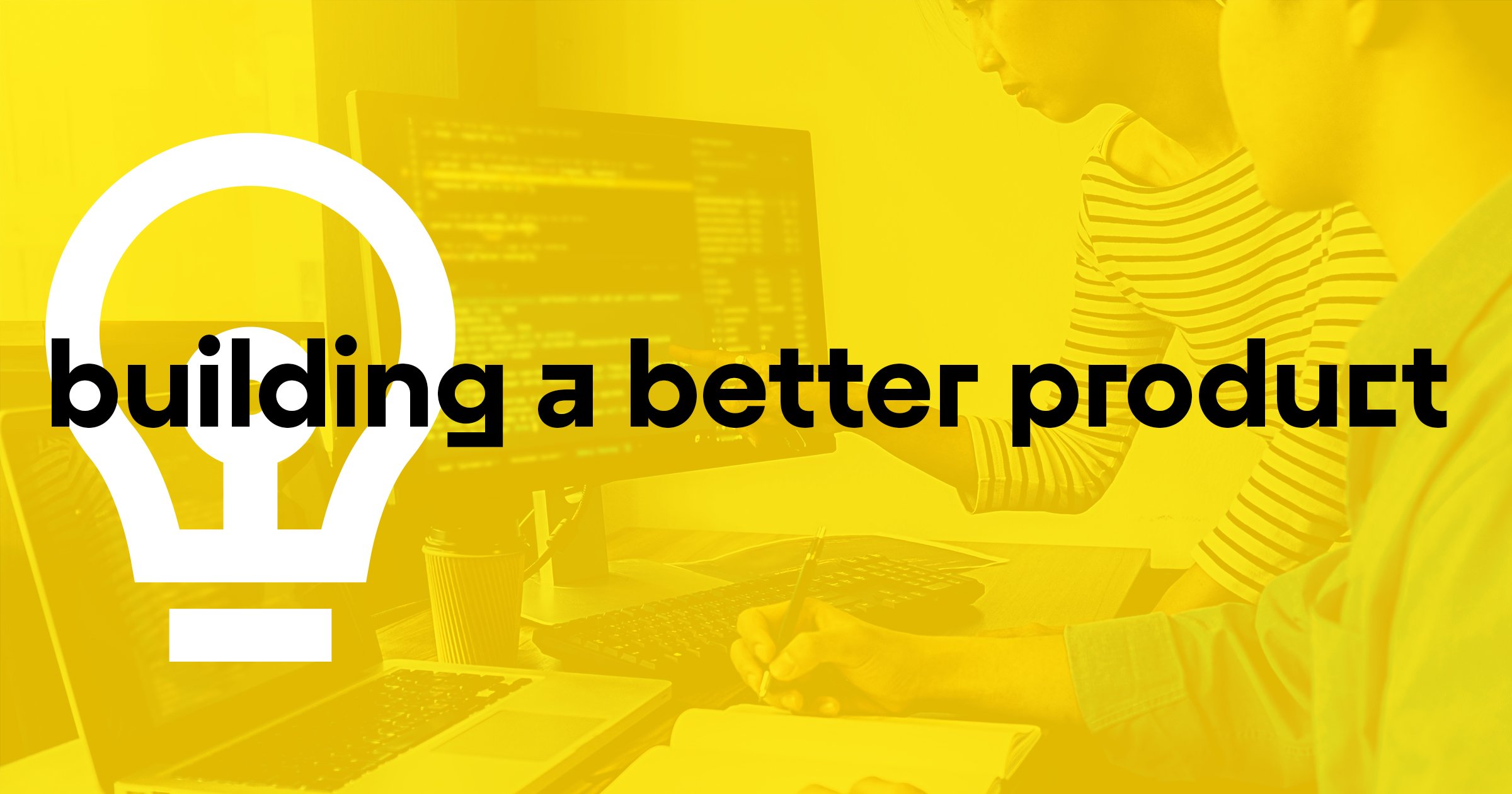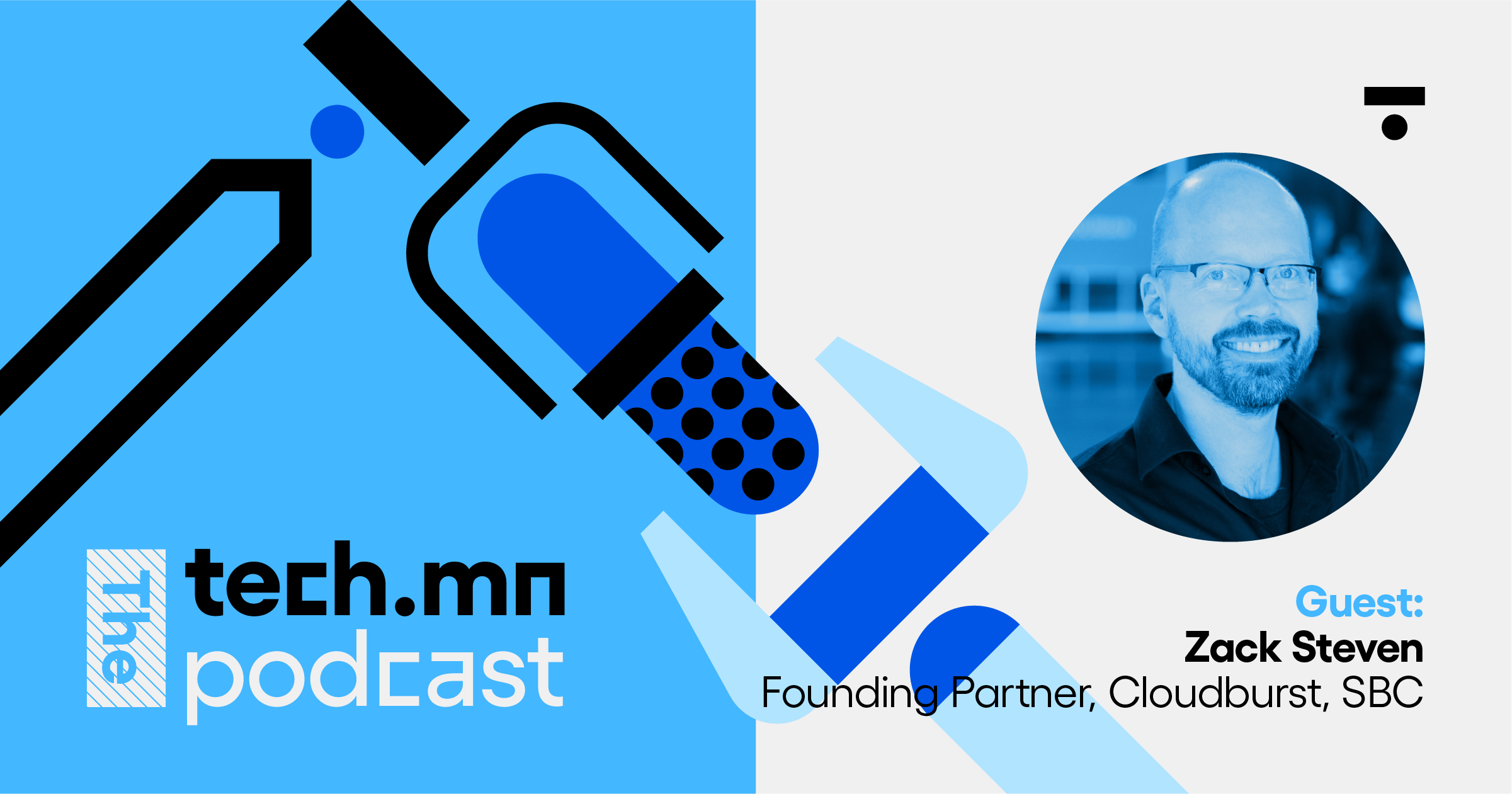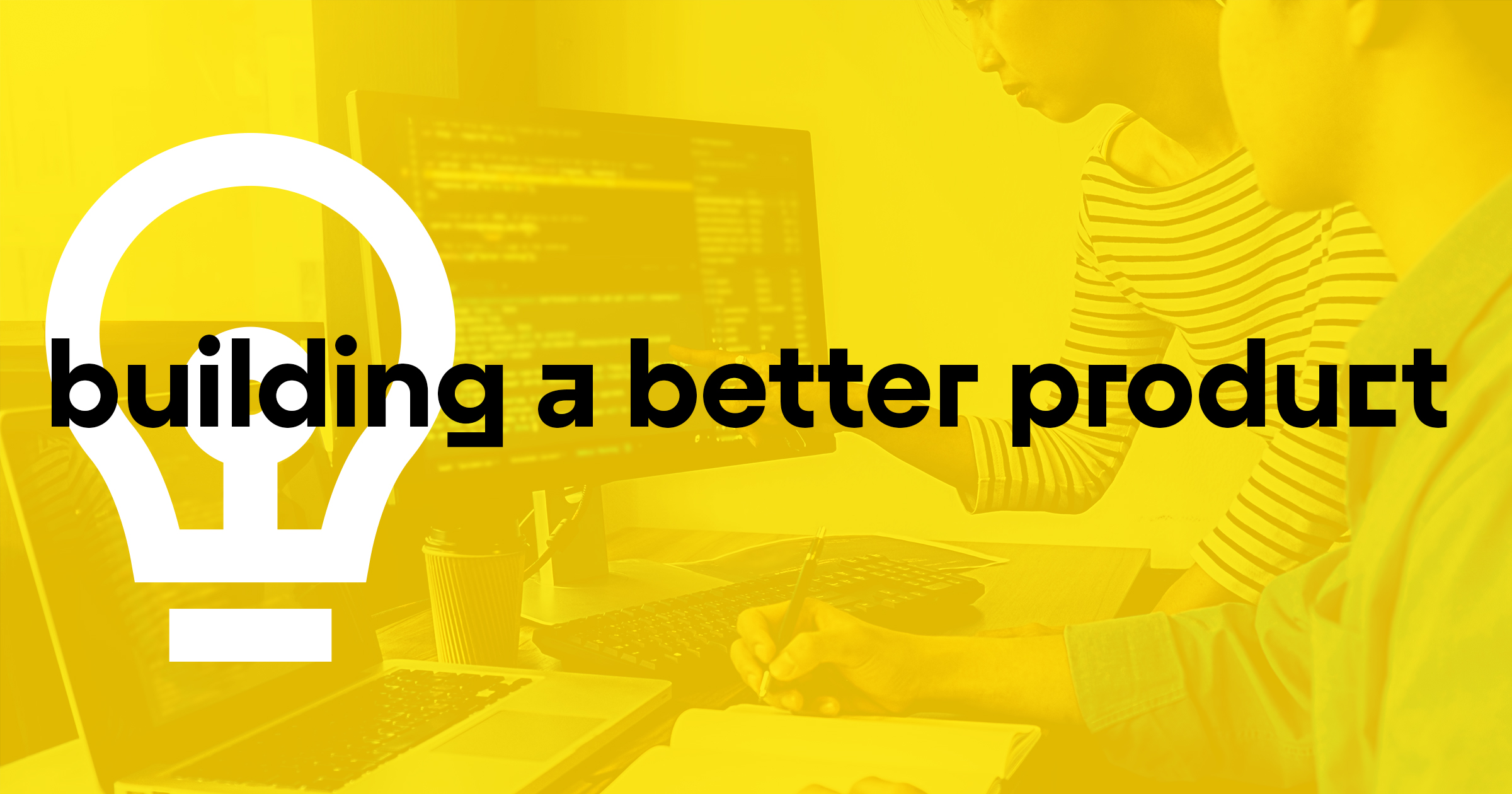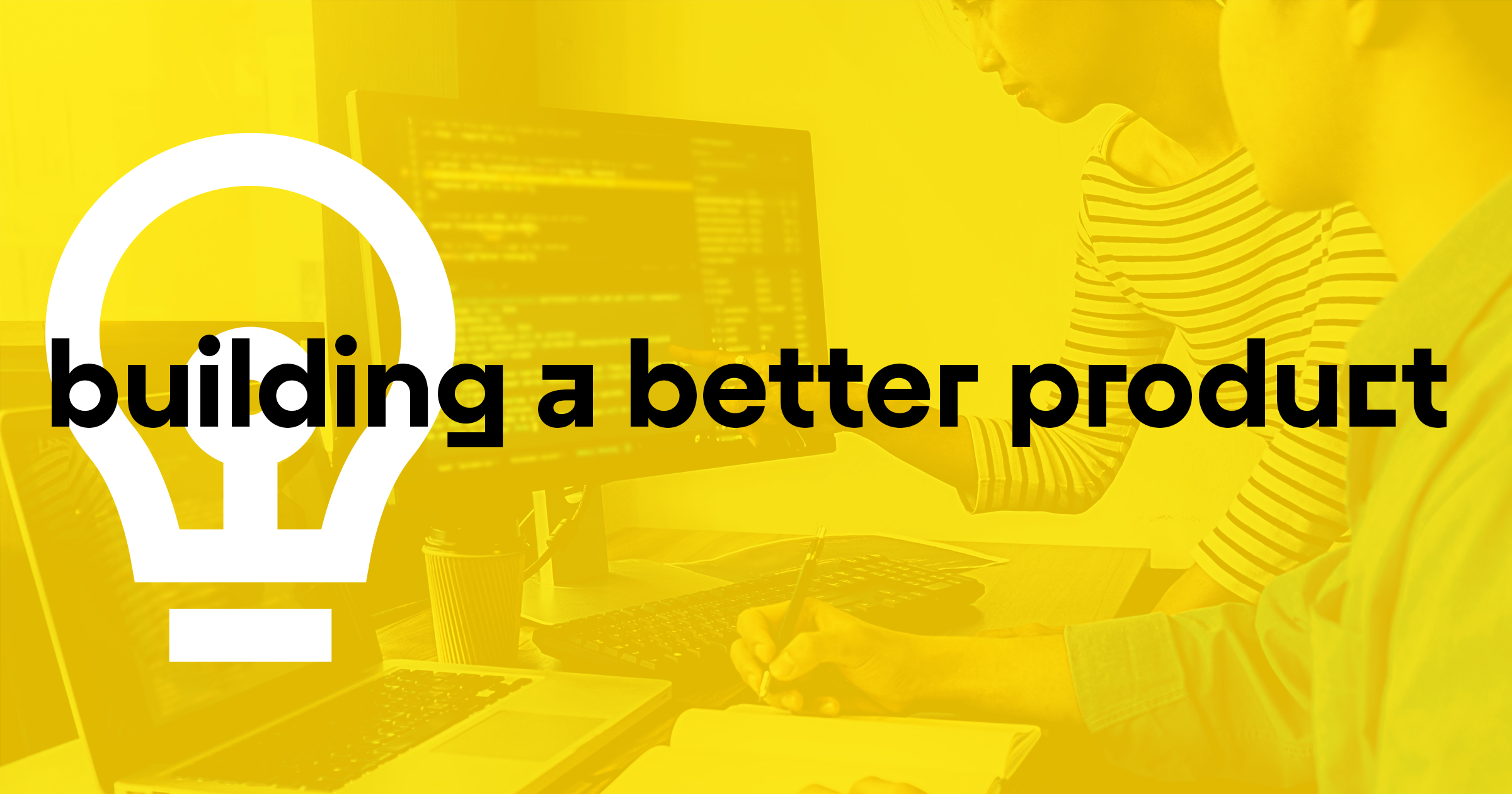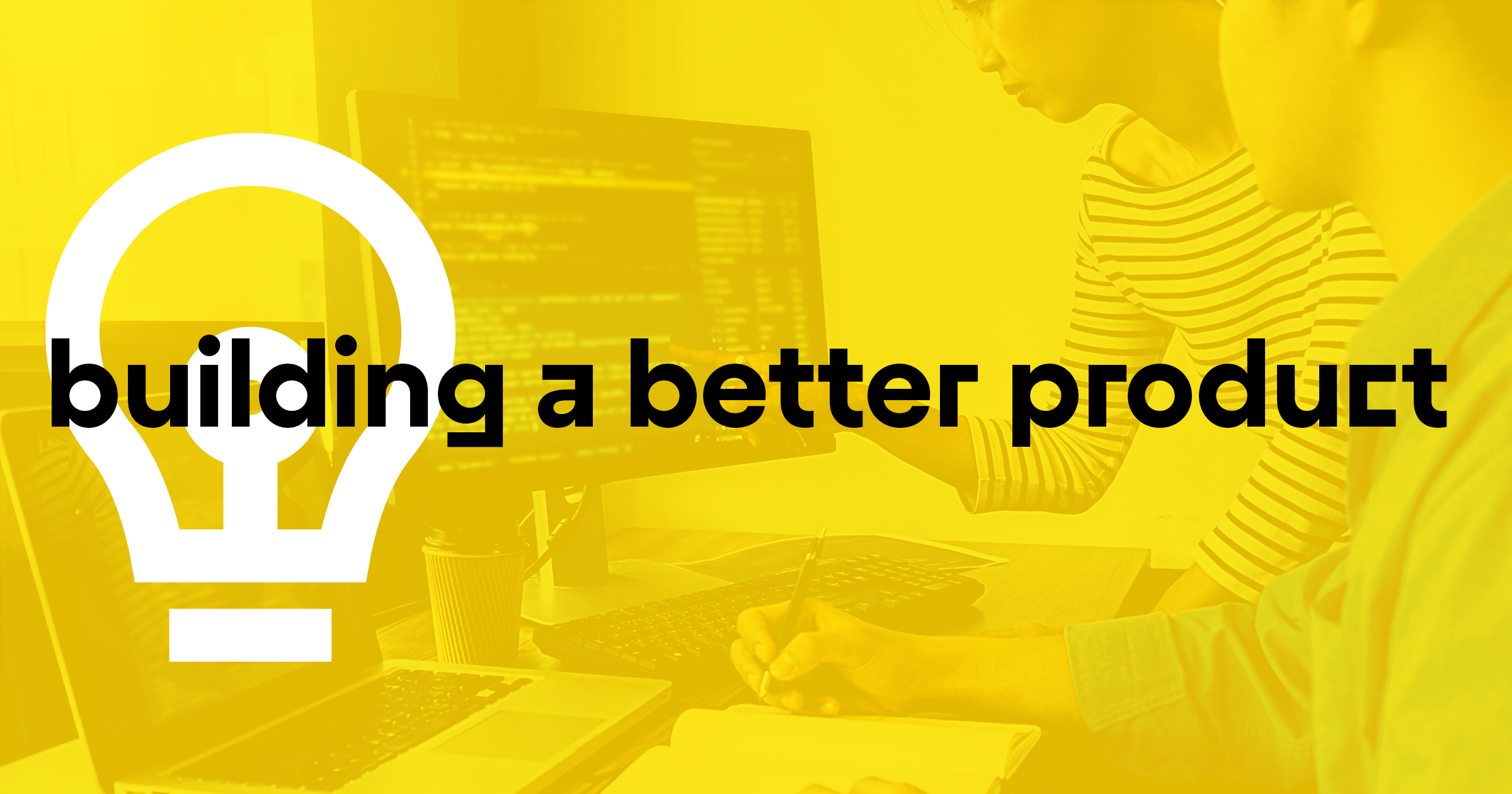When you spend time with your minimum viable customer, you are more likely to create a human centered solution. It’s important to do this before any pixels are colored or any code is written. The cost of making changes after you have working software is much greater.
The basic idea of human-centered design (which gained notoriety after WWII) is to create adaptable and flexible solutions for people. It demands engineers and designers to think about users as part of the entire working system — not just the system itself — in order to build solutions to support people’s capabilities and limitations.
When creating human-centered products, begin by evaluating existing insights from industry leaders, academic researchers, and agencies. Examine what’s already being said about the experience you want to create, and use available feedback as a launching point.
Part of this process is understanding the nature of the competitive landscape. This will, at minimum, permit three things:
- a clear picture about what problems have already been solved, so no time is wasted duplicating a solution
- the current experience surrounding a product or service, which offers a glimpse into customer expectations
- an overall picture of what’s working versus what needs to be improved
Once you understand the competitive landscape, spend time with existing and potential customers. Get out of your office and ask questions.
Ask what keeps them up at night and what gets them going in the morning. Ask about their short-term and long-term goals. Ask what the end-to-end journey looks like. Ask what they do along the way. Ask how they feel and what their thoughts are as they try to achieve their goals. Ask to spotlight their frustrations.
Identify their fears so those fears are addressed early. Your goal is to discover how they think and feel about current conditions, and the quality of your questions will drive the quality of your solutions.
Spend time with customers early and often. Kim Goodwin, author of Designing for the Digital Age, says we should speak with anywhere between six to 20 people to research behaviors and attitudes. A good rule of thumb is to stop talking to people once you start answering your own questions.
Why is spending time with your customer so valuable? We’ll have the answer for you on Thursday with Part 2 of “Building a Better Product: Creating a Human-Centric Solution.”

